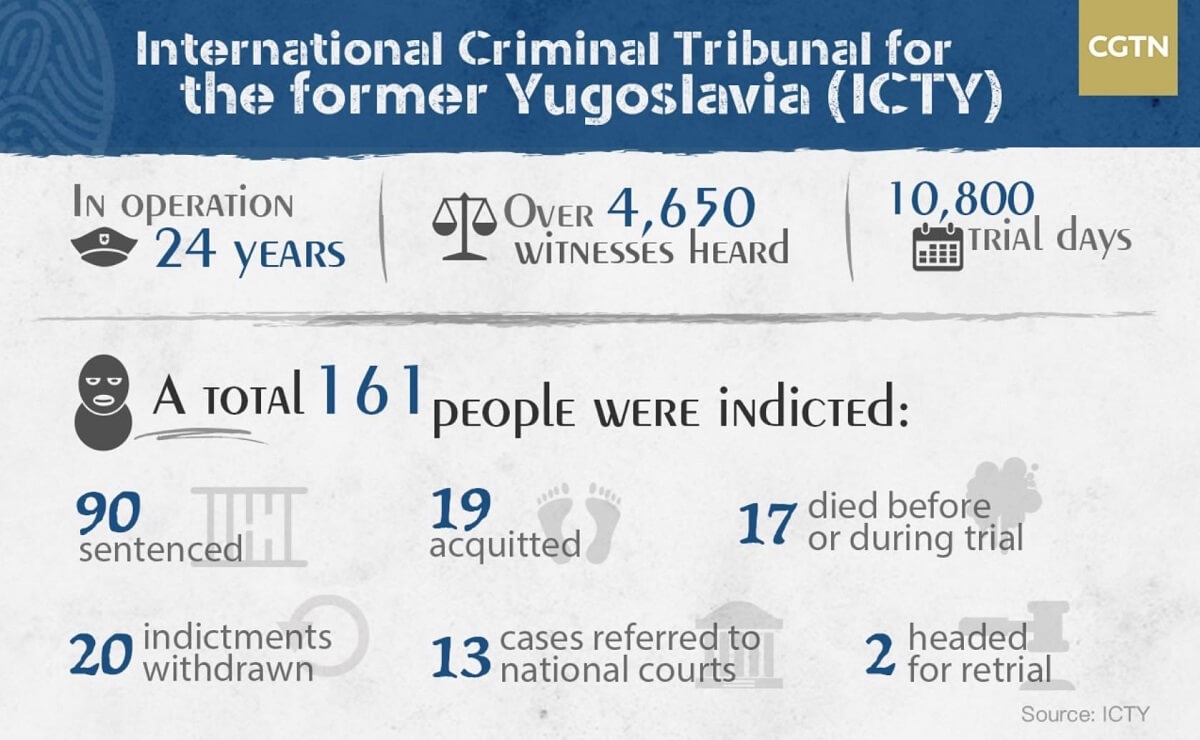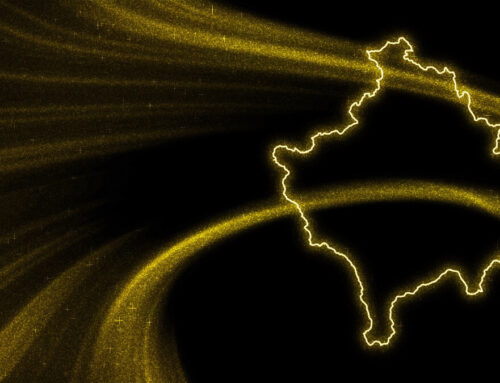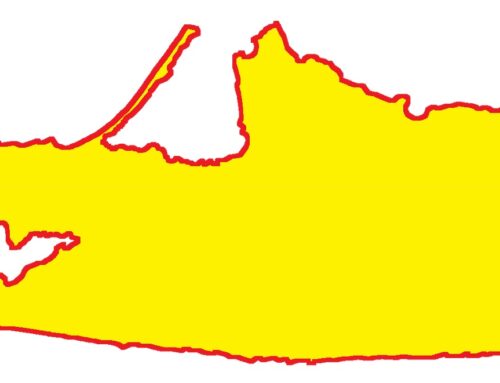The collapse of Yugoslavia was accompanied by a series of armed conflicts characterised by extreme levels of cruelty and atrocities. In response to what happened after 1991 the International Criminal Tribunal for the former Yugoslavia (ICTY or Tribunal) was established by the United Nations Security Council in the Hague to prosecute grave violations of international humanitarian law committed in the former Yugoslavia. The whole world was appalled by the mass-scale violence, accompanied by horrific images of destroyed cities and mangled corpses, prompting the international community to take decisive action. Thus, the ICTY, which started its work during wartime, became the first international war crimes court since the Nuremberg Trials. Its creation pursued four core goals: (1) bring justice by establishing the facts of the crimes and punishing the perpetrators, (2) give victims an opportunity to voice the atrocities they experienced, (3) contribute to peace and reconciliation in the region, and (4) strengthen the rule of law (it should be noted that this list is not exhaustive) [1]. The question however, is whether the ICTY has gradually fulfilled some of the hopes that led to its creation in 1993?
During 24 years of work, the Tribunal has undeniably fulfilled some of the hopes that led to its creation a decade ago, leaving a significant imprint on modern history. One of the most significant events occurred in 1999 when a sitting Yugoslav president, Slobodan Milosevic, was indicted for war crimes and crimes against humanity. That case contributed considerably to developing international law, in particular with regard to questions of immunity for state officials [2]. Even if the ICTY has not delivered perfect justice, it was unlikely that any of the high-ranking officials would ever have been prosecuted before national courts. The ICTY shows high level of impartiality since the judges were not related to armed conflicts, while national courts would not have been sufficiently interested in leading proceedings against their own people. In general, the ICTY’s comprehensive investigation contributed to creating a detailed record of the crimes, once subject to dispute, and thus prevented attempts at denial or historical revisionism [3].
However, regarding other goals such as the prevention of further war crimes in the then-ongoing Yugoslav wars, the Tribunal clearly failed – typified by the occurrence of the horrific July 1995 Srebrenica genocide, committed two years after the Tribunal’s establishment [4]. Moreover, the idea that the ICTY would alone be able to bring reconciliation to Bosnia and other parts of the former Yugoslavia was always naively optimistic. These aspirational goals expressing rhetorical support for the ICTY were too unrealistic and far from what the ICTY might actually accomplish [5]. Ultimately, the Tribunal was likely the best available option, even despite the difficulties of its bureaucratic nature it still managed to achieve a number of key convictions and establish the facts of the case. Moreover, some delays had to do with guaranteeing fair trials for defendants and continuing armed conflicts. Consequently, the ICTY illustrates how there are drawbacks and advantages of international criminal proceedings led before all courts.
References:
1. United Nations International Criminal Tribunal for the former Yugoslavia (2017). About the
ICTY . International Criminal Tribunal for the former Yugoslavia. https://www.icty.org/en/about
2. Amnesty International (2010). Bringing power to justice. Amnesty International Publications
https://www.amnesty.org/fr/wp-content/uploads/2021/07/ior530172010en.pdf
3. Škrbić, A. (2015). The legacy of the International Criminal Tribunal for the former
Yugoslavia. SEER: Journal for Labour and Social Affairs in Eastern Europe, 241-250.
4. Milanović, M., 2016. The Impact of the ICTY on the Former Yugoslavia: An Anticipatory
Postmortem. American Journal of International Law, 110(2), pp.233-259.
5. Zahar, A. and Sluiter, G. eds. (2011). The legacy of the International Criminal Tribunal for the
former Yugoslavia. Oxford University Press.





